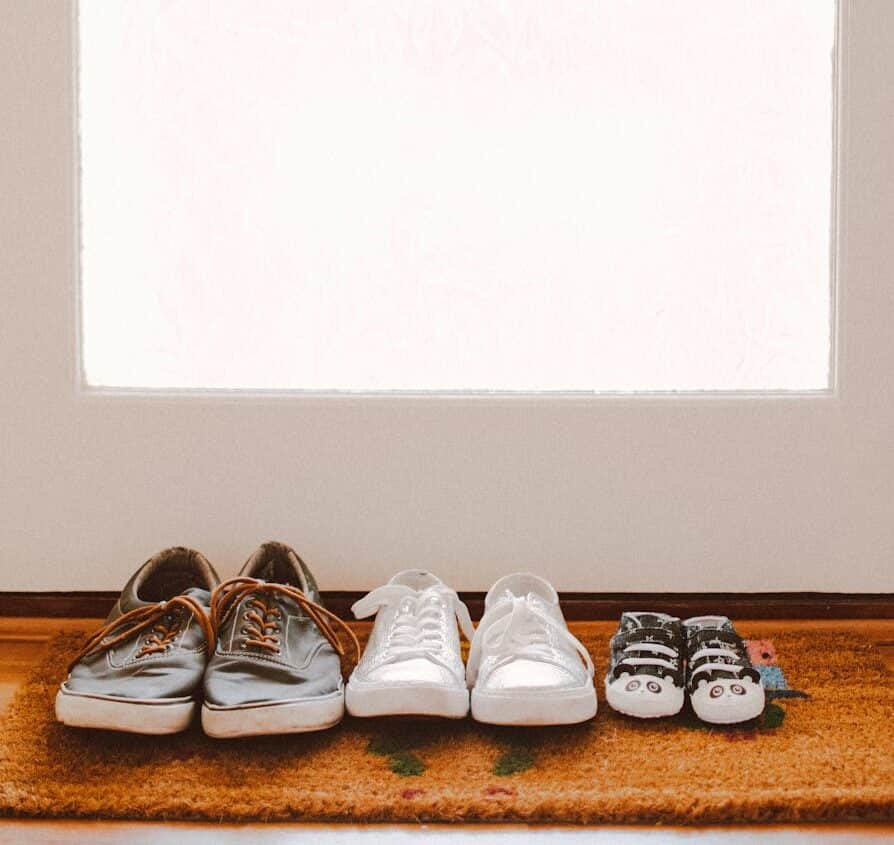
How We Maintain Government Facilities: A Walkthrough
See how government facility cleaning works—security, onboarding, QA, green cleaning, and communication—step by step.

Your lobby or storefront is the first thing visitors see—and the easiest place for soil and moisture to track in. Use these fast moves to keep it spotless, safe, and on-brand.
Pro tips: Replace saturated mats promptly; bevel edges to reduce trips; choose high-traction matting designed for slip reduction and keep it clean (vacuum daily, launder/rotate per manufacturer).
A practical target is about 12–15 feet total across your scraper, wiper/scraper, and wiper zones—more for heavy traffic sites. Longer runs remove more soil and moisture before it hits interior floors.
Clean high-touch surfaces regularly; disinfect after cleaning when someone is sick, during outbreaks, or if your policy requires it.
Add mat length, rotate saturated mats, increase dry-mopping, and keep floors as dry as feasible; entrances may require more than your normal schedule during storms.

See how government facility cleaning works—security, onboarding, QA, green cleaning, and communication—step by step.

Understand the difference between vehicle detailing and facility janitorial for dealerships—who does what, where, and when—plus how to coordinate both.

Use this practical, copy-ready schedule to keep workspaces healthy, presentable, and low-maintenance. Align daily touch-ups with weekly resets and monthly deep care to prevent build-up, protect flooring, and reduce complaints.

When facility operations run smoothly, your team can focus on what matters most. The right janitorial partner doesn’t just “clean the building”—they protect your brand, occupant health, and long-term asset value through responsive, service-first partnerships.